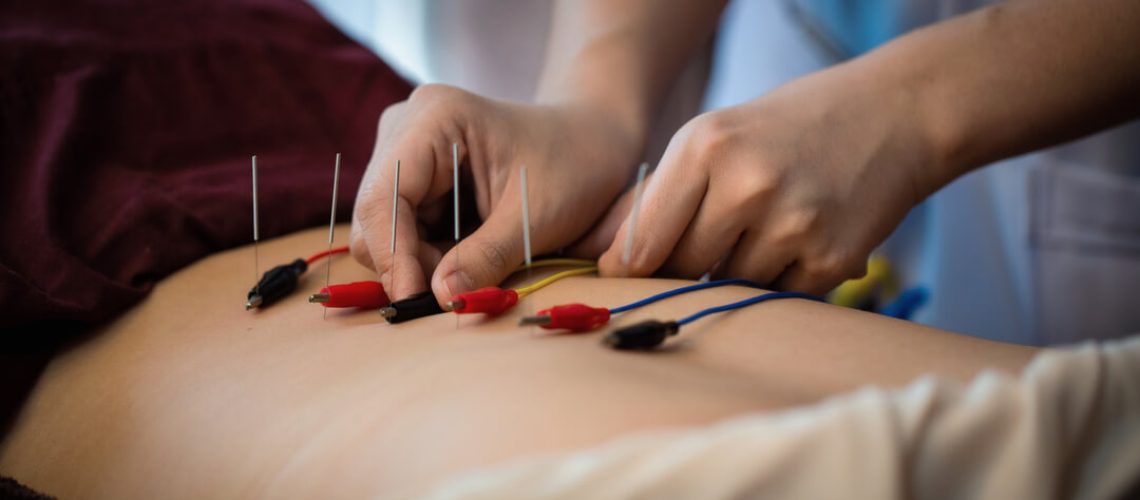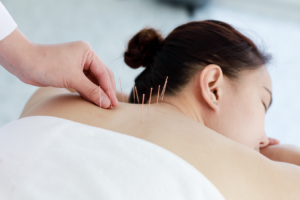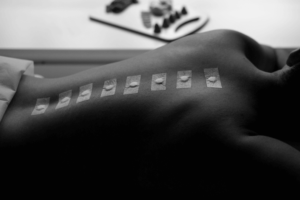Electro-acupuncture is the term used to refer to the application of a pulsating electrical current to acupuncture needles, or even without needles, to acupuncture points on the body. The current is usually 40-80 volts, however no current is actually transmitted through the body— there is only enough stimulation for the patient to feel a slight pulsating sensation. A standard treatment session usually lasts between 10 and 20 minutes and rarely exceeds half an hour.
This Oriental medicine technique was developed in China in the 1930’s, and though it is a fairly recent development in the ancient method of acupuncture, the idea behind it corresponds directly with long-held beliefs.
Acupuncture operates on the idea that a person’s qi, or life force, runs through the body along certain meridians, and that specific points on the body correspond with these meridians. When these points are ‘activated’ or stimulated by touch, specific complaints of chronic pain or illnesses can be alleviated. Using a gentle electrical current in conjunction with, or instead of, acupuncture needles, is an alternative way to stimulate the point and enhance the qi.
While electro-acupuncture may be used as a component of almost all acupuncture treatments, it has garnered especially good results regarding the treatment of neurological diseases, chronic pain, spasms, and paralysis. Also, holistic sports medicine commonly uses electro-acupuncture for injuries. When combined with acupressure (the stimulation of acupuncture points with the use of the practitioner’s hands and gentle massage, instead of needles), electro-acupuncture has been proven to promote the flow of qi and blood, relieve pain, and warm the muscles, removing blood stasis (a blockage, or poor circulation).
Electro-acupuncture is contraindicated for patients who are pregnant, experience seizures or have a history of heart disease, strokes, or epilepsy. Patients with pacemakers should not receive electro-acupuncture. The procedure is not to be performed on a patient’s throat or head, nor should it be done directly over the heart. Patients usually do not feel the electric current and the side effects, at most, can be minor bruising or bleeding.









